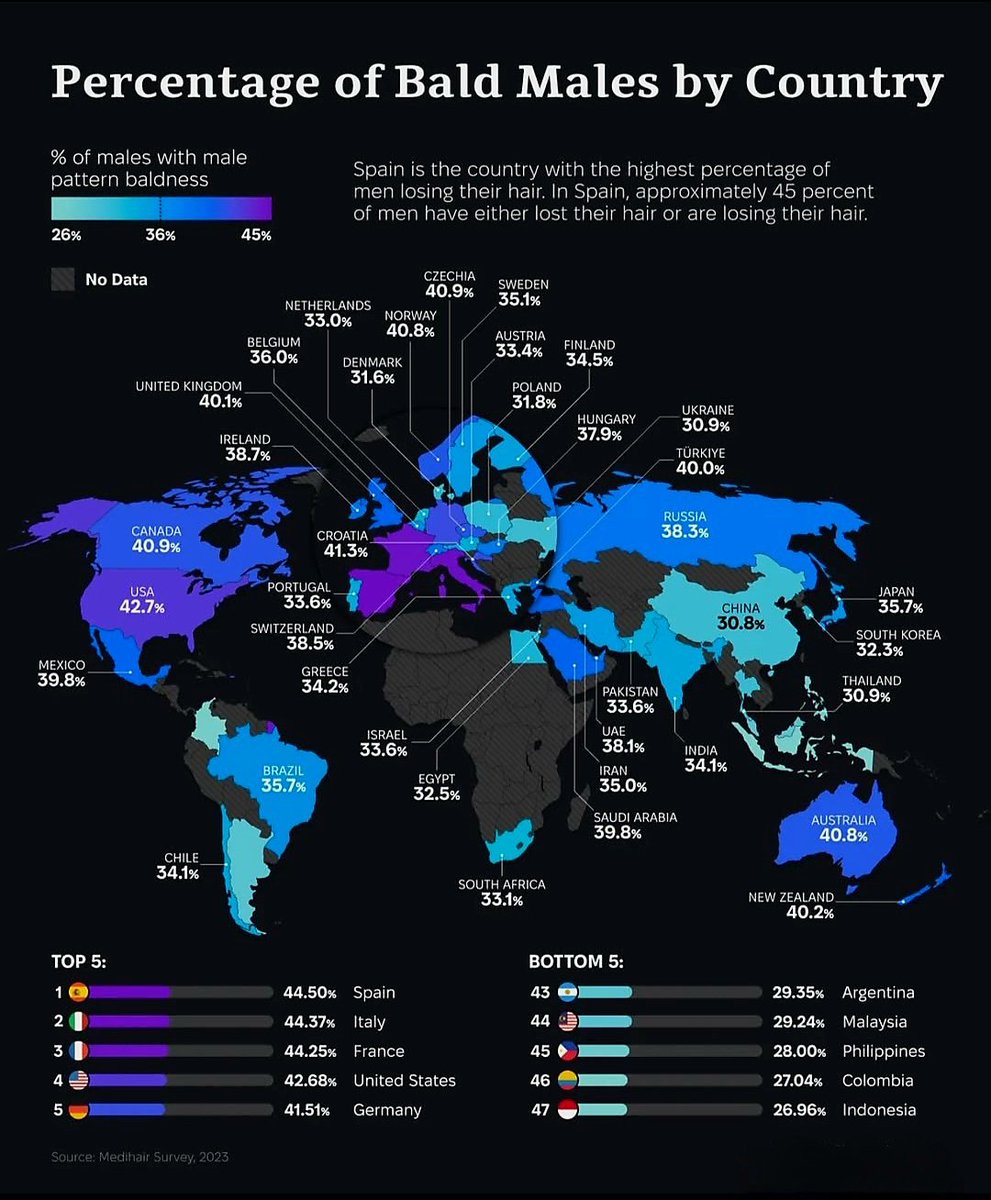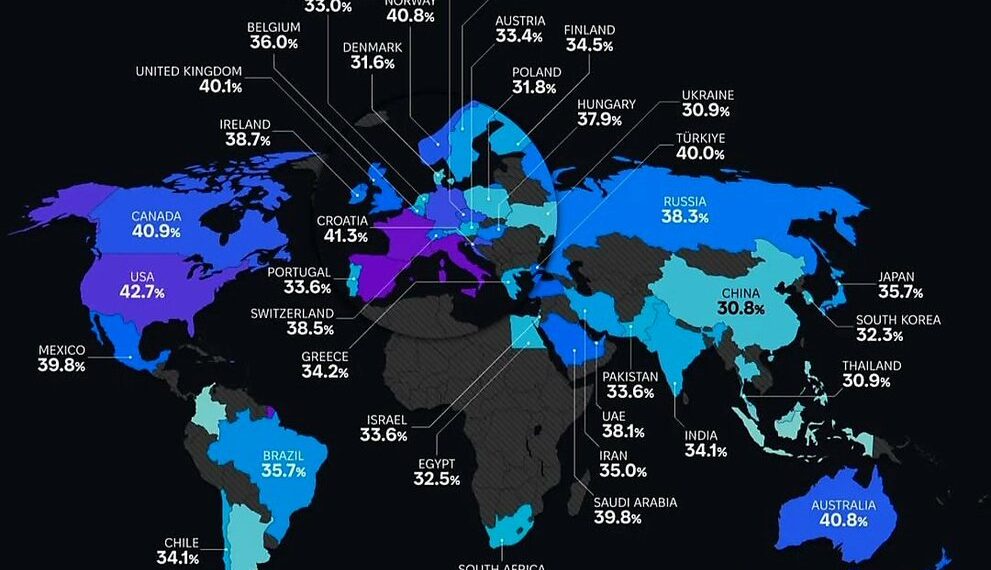Select Language:
Shocking Global Trends: Countries with the Highest Rate of Male Baldness in 2025

As we delve into the latest statistics on male baldness across the globe, striking differences emerge from one country to another. This listicle highlights the nations where male pattern baldness is most prevalent, revealing fascinating insights into cultural, genetic, and environmental factors contributing to this phenomenon.
1. United States – The Balding Heartland of North America
The United States tops the list with approximately 65% of men experiencing some degree of baldness by age 50. Urban lifestyles, stress, and genetics are often cited as contributing factors. It’s not just a matter of aesthetics; baldness here is linked to broader health concerns, making it a significant aspect of men’s health discussions nationwide.
2. India – A Rapid Rise in Male Baldness Rates
India shows a surprising trend with nearly 60% of men over 40 experiencing baldness. Increased stress from rapid urbanization, pollution, and lifestyle changes have accelerated hair loss rates. Interestingly, cultural acceptance varies; in some regions, baldness is seen as a sign of wisdom, while in others, it prompts extensive hair care routines.
3. Brazil – The Latin American Nation with High Baldness Prevalence
Brazil reports around 58% of men aged 30-50 experiencing baldness. The tropical climate, combined with genetic diversity, seems to influence these rates. Cosmetic industries are booming as men seek solutions ranging from hair transplants to topical treatments.
4. Germany – Europe’s Forefront in Male Hair Loss
Germany registers roughly 55% of men experiencing some degree of baldness, especially in urban areas like Berlin and Munich. Factors such as stress, aging populations, and genetics contribute to Germany’s high rates. The country’s extensive hair restoration services reflect this growing trend.
5. Japan – A Surprising Contender Amidst East Asian Countries
Japan records approximately 50% baldness prevalence among men aged 40-60. Despite cultural emphasis on hair preservation, aging and stress contribute to hair loss. Nevertheless, the Japanese market for hair regrowth products continues to expand rapidly.
6. South Korea – An Emerging Trend in Male Baldness
Though traditionally low, recent data indicates South Korea’s male baldness rate has climbed to about 48%. Urban stressors, changes in diet, and aging are believed to influence this upward trend. The nation’s obsession with appearance fuels a thriving cosmetic industry focused on hair restoration.
7. United Kingdom – A Growing Concern
Approximately 52% of UK men face baldness by midlife. Socioeconomic factors, stress, and genetics play essential roles. The increase in men seeking hair treatments signifies shifting cultural perceptions surrounding male grooming and health.
8. Russia – Notable Male Hair Loss Rates
Russia reports around 50% of men experiencing baldness, with higher prevalence among older populations. Harsh climate conditions and genetic factors are believed to influence these rates, along with lifestyle stressors.
9. Australia – The Down Under Hair Loss Phenomenon
In Australia, roughly 47% of men experience some degree of baldness by age 50. Urban living, environmental factors, and aging contribute to this statistic, prompting a surge in cosmetic services aimed at hair restoration.
10. Nigeria – Rising Baldness Among African Men
Nigeria’s male baldness rate is around 45%, a rapid increase owing to increased urbanization and stress levels. Traditional beauty standards are evolving, leading more men to seek treatment options for hair loss.
Additional Insights and Trends
While male baldness rates vary globally, a common theme emerges: lifestyle, environmental stressors, and genetics are significant contributors. Countries investing heavily in healthcare and cosmetic industries are witnessing a rise in hair restoration procedures, reflecting changing cultural attitudes toward male grooming.
In the end, whether driven by genetics, lifestyle, or a combination of factors, male baldness remains a universal phenomenon with complex origins. It also highlights how cultural perceptions shape attitudes toward hair loss and beauty standards worldwide.
Note: Data is based on the latest studies and surveys from 2025, reflecting a comprehensive look at the dynamic trend of male baldness globally.






